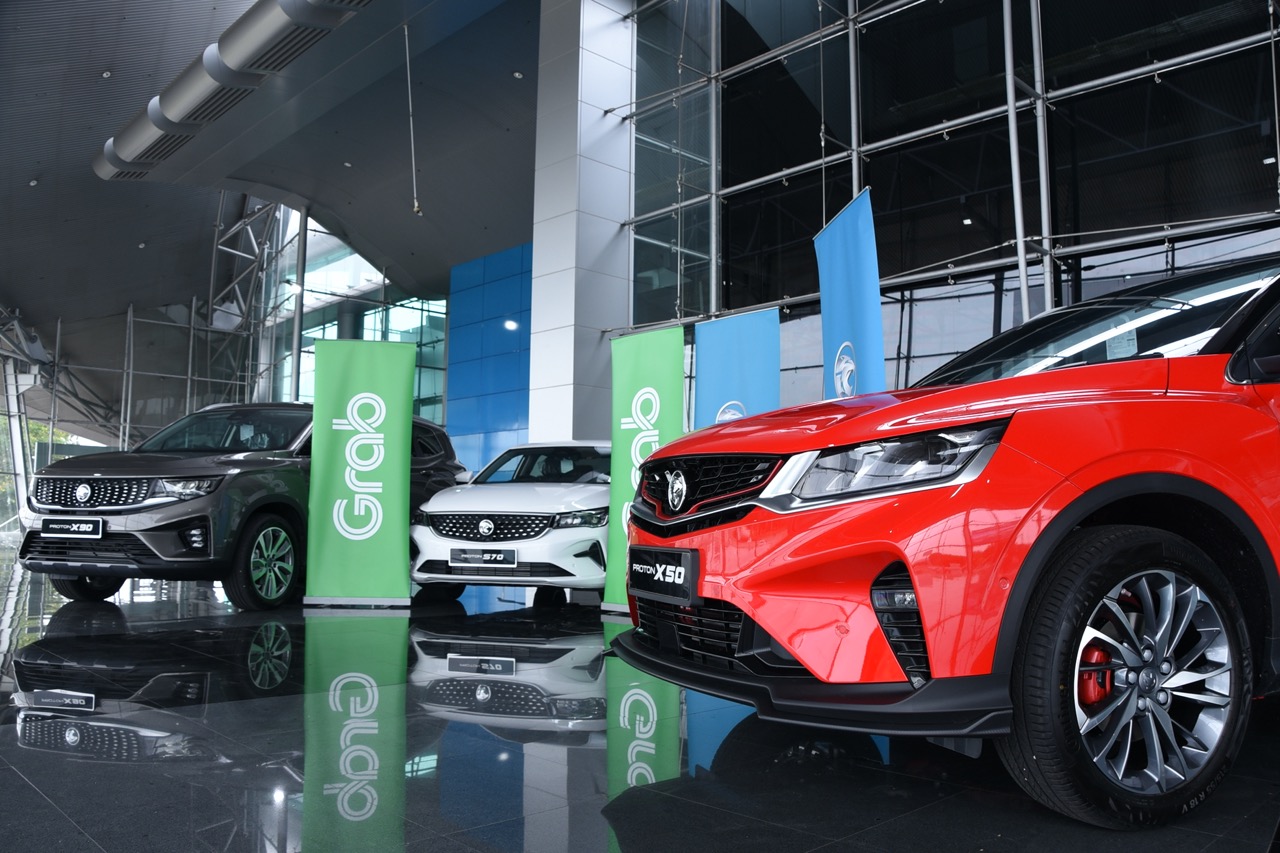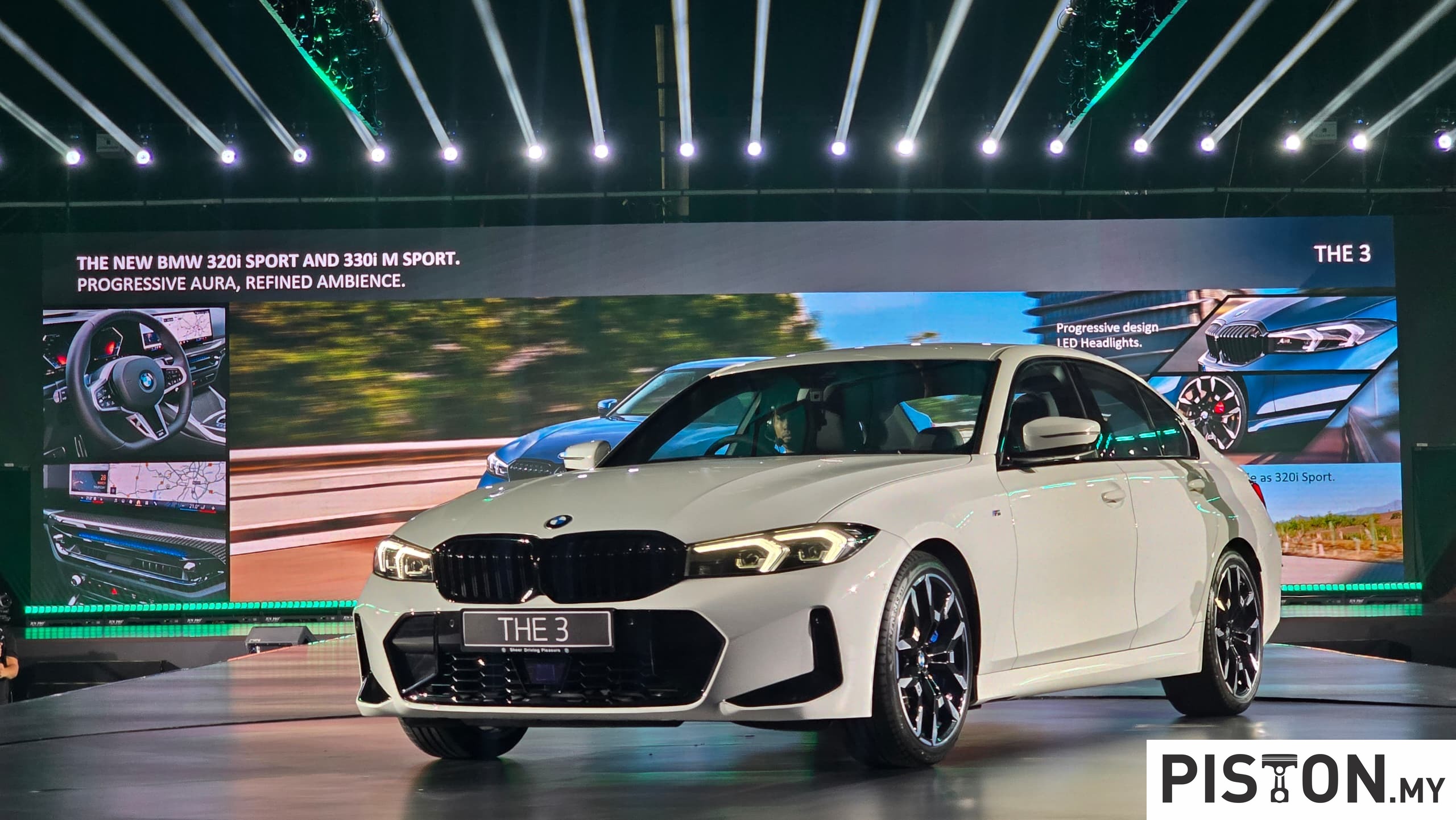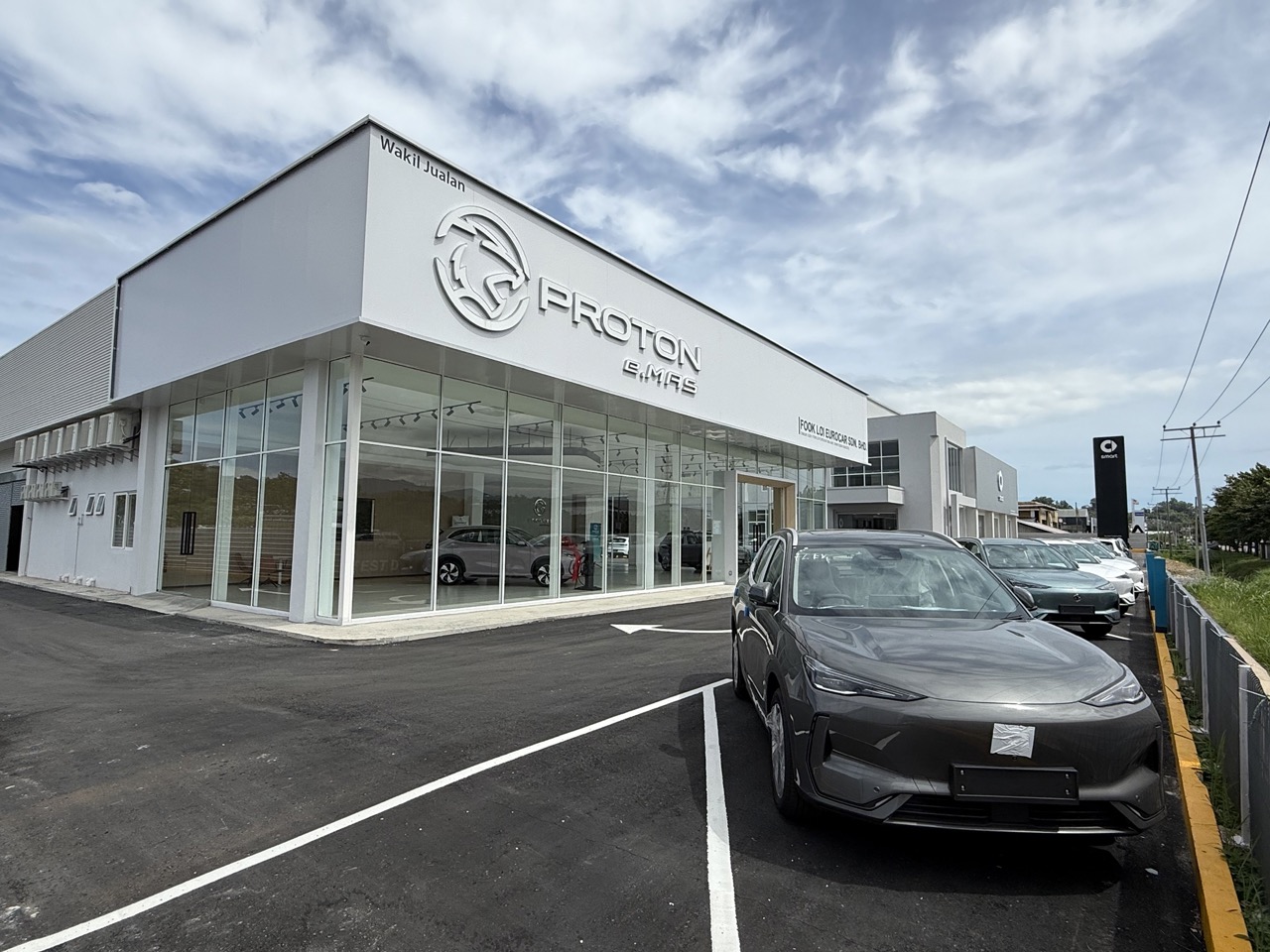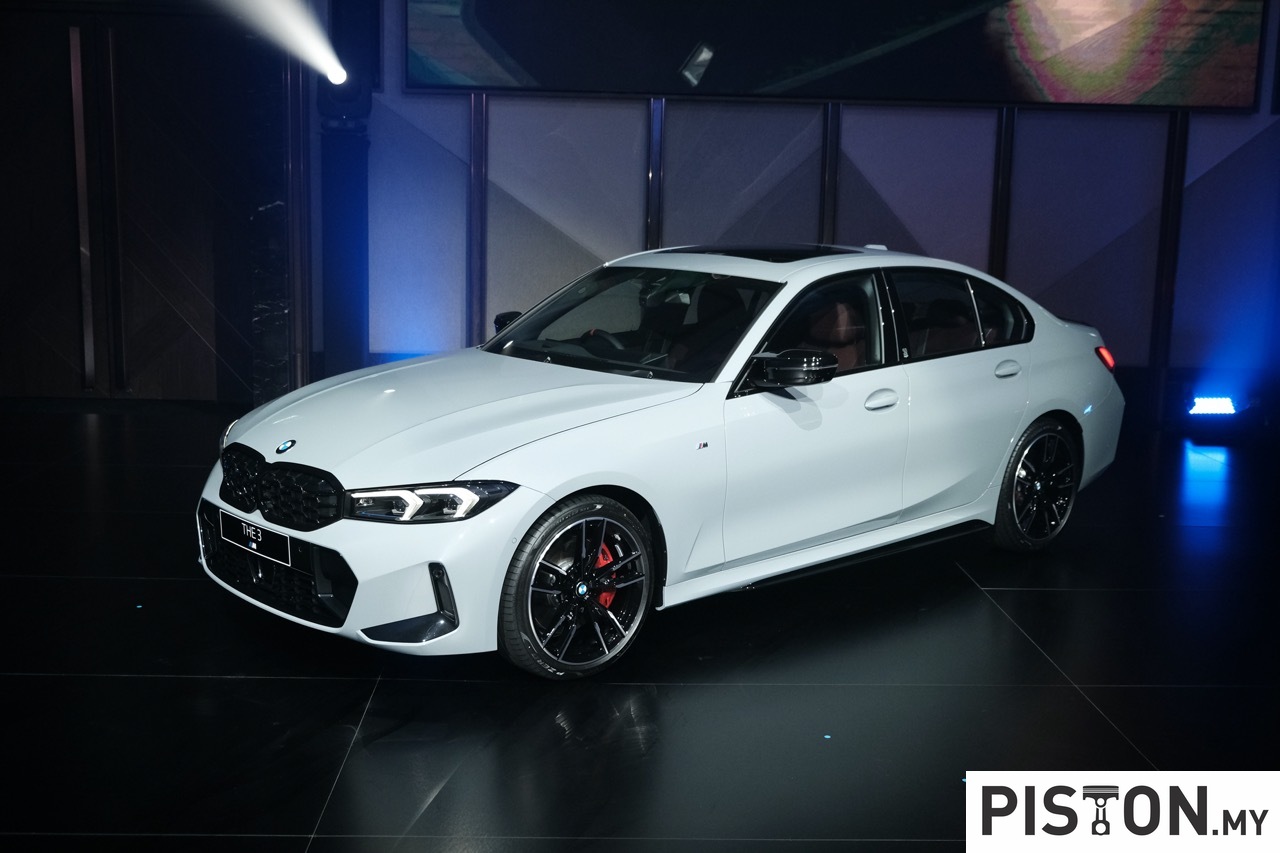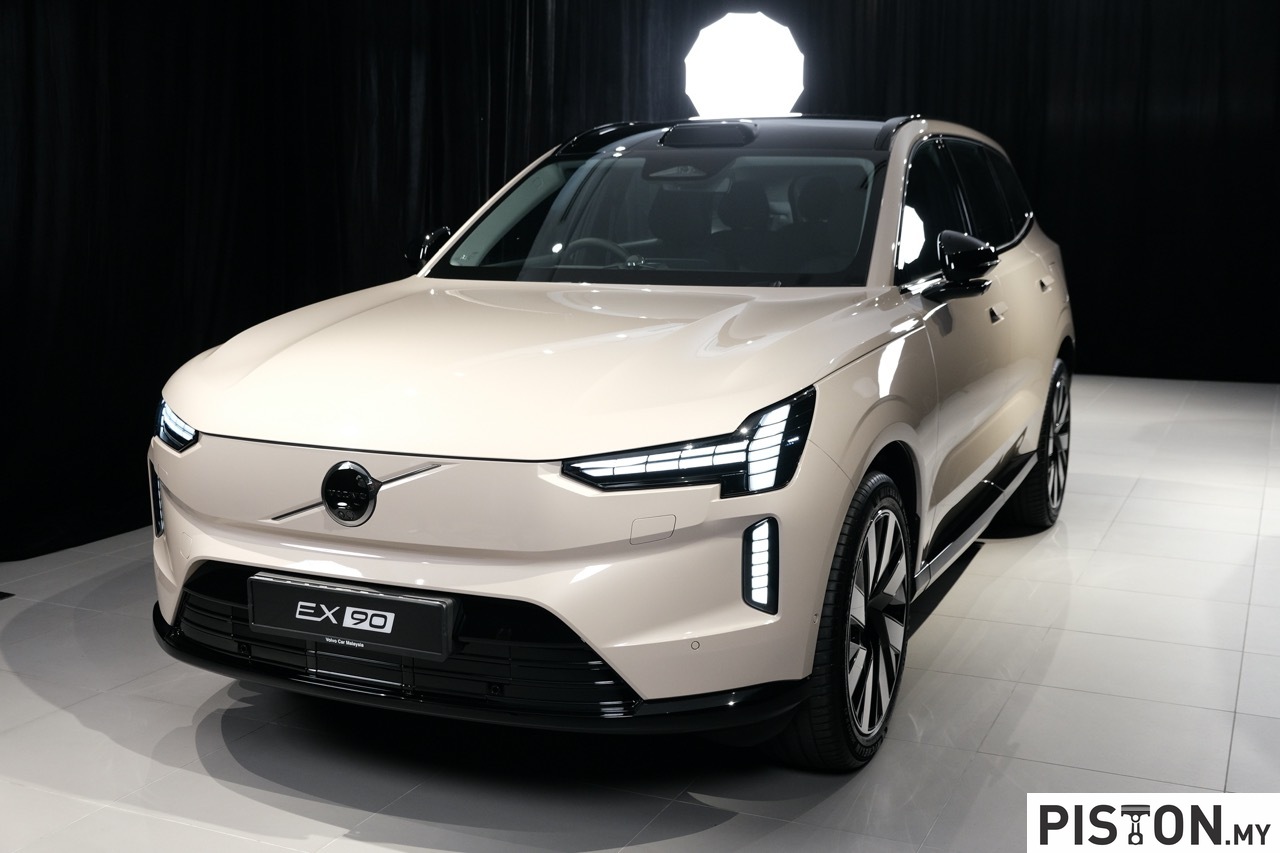Guangzhou Automobile Group Co. (GAC), a state-owned company in China, seems to want to have a go at it all while the rest of the world is moving away from internal combustion engines (ICE) and towards battery electric cars (BEV) or fuel cell vehicles (FCVs) for cleaner emissions.
The Chinese partner of Toyota showcased an ammonia-powered engine as part of its annual technological exhibition. The use of the somewhat hazardous fertiliser as a combustible fuel is not new, but it would be the first outside of the shipping and trucking sectors.
The company views the vile substance contained in urine as a desirable fuel for both practical and environmental reasons. It has intriguing advantages for combustion with fewer greenhouse gas emissions because it only contains hydrogen and no carbon.
It appears that GAC has succeeded in creating an engine with a high enough cylinder pressure to avoid some of the problems associated with excess nitrogen. According to Qi Hongzhong of GAC, the 2.0 litre I-4 engine generates about 161hp while emitting 90 per cent fewer carbon emissions than “conventional fuels.”
Ammonia as a fuel has two main obstacles to overcome. The first is the most obvious: it is a toxic substance. As a solvent that can dissolve alkali metals, ammonia can be exposed in sufficient quantities to cause death in both people and animals.
As a result, it has been taken into consideration as a diesel fuel substitute for the transportation industry, which is already equipped to manage the distribution and transportation of dangerous materials. Additionally, it is utilised in rocket engines, another field that frequently uses toxic fuels like hydrazine and UDMH (Unsymmetrical dimethylhydrazine).
Ammonia was most famously used as a rocket propellant in the X-15 rocket-powered aircraft, which William Knight piloted to a top speed of 7274 km/h.
However, until there is a large fleet, businesses are always hesitant to build out fuel stations, and customers hesitate to purchase cars without stations. Additionally, it boils at -33 degrees celsius. Because of the trace dribbles that would perpetually boil out after filling, it would be impracticable to supply through regular gas station pumps. Additionally, it creates an inhaling risk, making the entire idea unworkable. It would be necessary to use a sealed refuelling system instead.
When it does burn, it emits no carbon and leaves behind no CO2, no hydrocarbons, and no soot. However, it does release a lot of nitrogen into the atmosphere without utilising an engine with a high compression ratio or boost, which causes the atmosphere to produce ammonia and ozone, which can cause acid rain and make it harder for us to breathe. Because of this, we have some doubts that this is a significant development.
Even if the infrastructure for producing hydrogen is less developed than that for electric vehicle (EV) charging, using ammonia in creating hydrogen may be preferable to using it as a combustible fuel for ICE vehicles.






